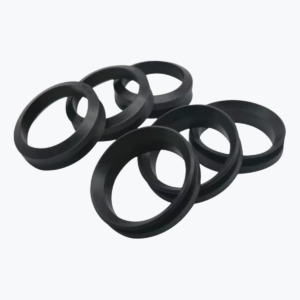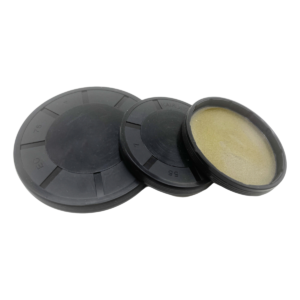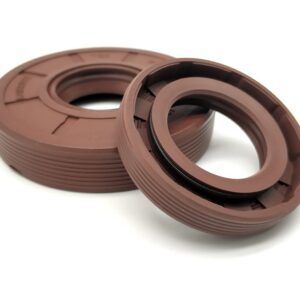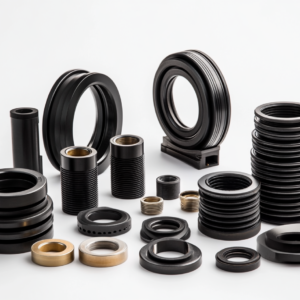Shaft Seal Solutions Hub 2025: Complete Guide to Selection, Failures & Maintenance
Shaft seals are the silent protectors of rotating equipment — keeping fluids in and contaminants out. But when it comes to choosing, installing, or troubleshooting these critical components, many industrial buyers and engineers face complexity and cost concerns.
This page brings together all the essentials you need to navigate shaft seal selection, performance, materials, and maintenance. From expert insights to application-specific recommendations, explore the key topics below to reduce downtime, improve efficiency, and find the right sealing solution for your system.
সুচিপত্র
What is a shaft seal and how does it work?
A shaft seal (or oil seal) keeps lubricants inside rotating systems while preventing external contaminants from entering. It plays a critical role in protecting bearings, minimizing friction, and ensuring operational safety in pumps, motors, and gearboxes.
Recommended Articles
তেল সীল নির্দেশিকা: নির্ভরযোগ্য অপারেশনের জন্য শীর্ষ ৫ টি টিপস (২০২৫)
Covers the fundamentals of oil seals, including types, working principles, and common applications.
Still unsure? Ask Us About Shaft Seals
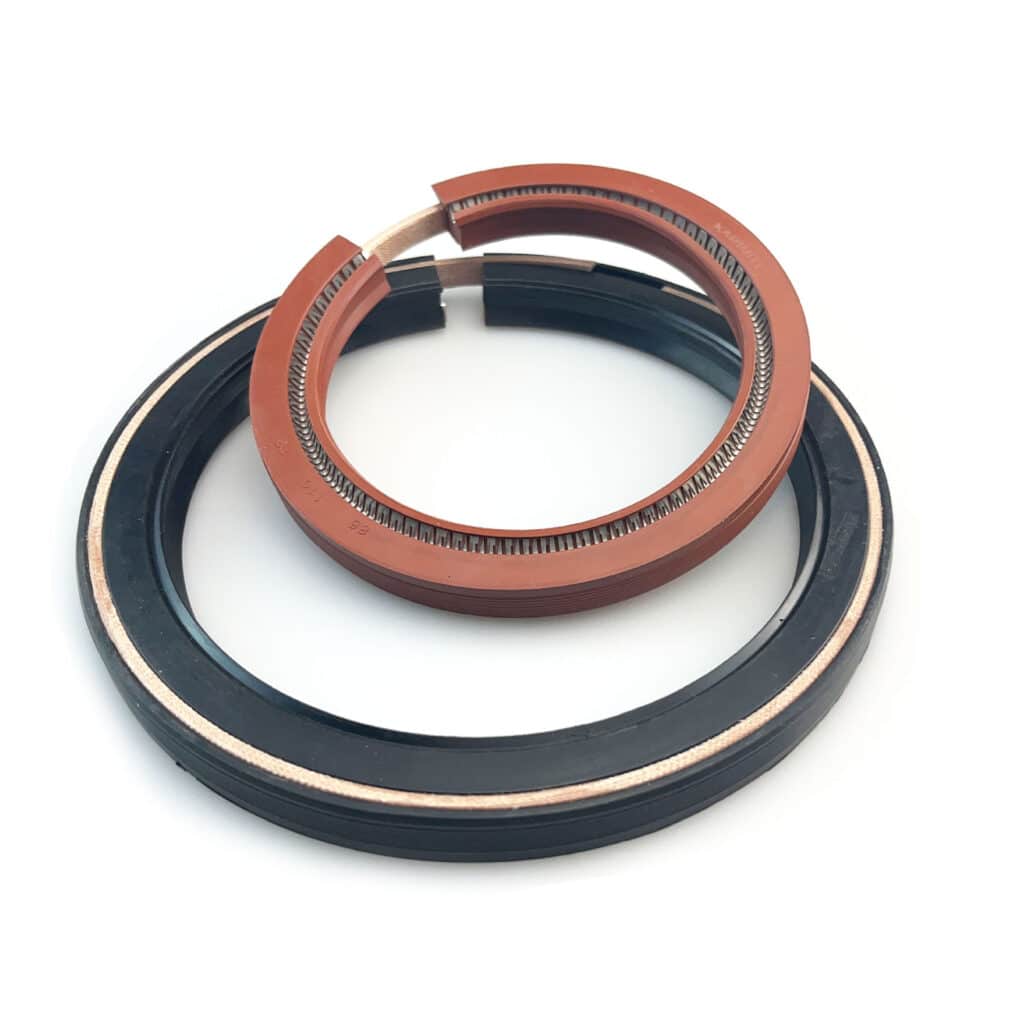
Recommended Product
Shaft Seal Product Category
A full range of rotary shaft seals designed for high-speed, high-pressure, and chemically demanding applications. Explore TC, TG4, and custom shaft seal options for OEM and industrial use.

How to choose the right shaft seal for your equipment?
The right shaft seal depends on application speed, pressure, temperature, media, and shaft/housing size. Also consider whether you need single or double lip, and the right rubber or polymer material.
Recommended Article
How to Choose the Right Rotary Shaft Seal?
Selection checklist for shaft condition, speed, fluid type, and sealing environment.
Recommended Product
High-Quality Oil Seal 120×150×15/20.2
Precision seal with excellent wear and chemical resistance for hydraulic systems.
What are the common causes of shaft seal failure?
Shaft seals fail due to misalignment, dry runs, improper installation, chemical degradation, and excessive pressure or temperature. Leaks, shaft wear, and system vibration are common symptoms.
🔘 Concerned about leakage?
Recommended Articles
What Causes Rotary Shaft Seal Failures and How Can You Prevent Them?
Root causes and prevention tips from industrial failures.What Are the Top Causes of Seal Failure and How Do You Prevent Them?
General tips for sealing reliability.
Recommended Product
TG4 কঙ্কাল তেল সীল
High-performance shaft seal with reinforced structure for heavy-duty use.
What materials are best for shaft seals in harsh conditions?
Use FKM (Viton®), PTFE, or silicone for chemical resistance, high temperatures, or aggressive oils. NBR works well for standard oil applications but degrades under heat or fuel.
🔘 Need the right material?
Recommended Articles
FKM বনাম NBR: আপনার কোন তেল সীল উপাদান বেছে নেওয়া উচিত?
Material pros and cons for different operating environments.PTFE Shaft Seals vs Rubber Oil Seals
Comparative guide for chemical applications.
Recommended Product
FKM O Ring – Durable Sealing for High-Temperature & Harsh Environments
Excellent resistance to aggressive media and elevated temperature.
How to install and maintain shaft seals for long-term performance?
Use proper tools, avoid distortion, and apply lubricant before pressing the seal evenly. Avoid over-tightening and periodically inspect for signs of wear or oil seepage.
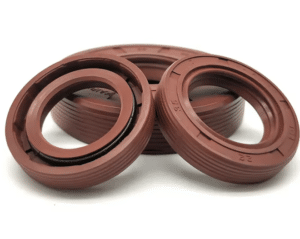
Recommended Articles
লিক ছাড়া তেল সীল কীভাবে ইনস্টল করবেন: ধাপে ধাপে নির্দেশিকা
Hands-on tips for correct fitting and positioning.আপনার রোটারি শ্যাফ্ট সিলের আয়ুষ্কাল কীভাবে বাড়ানো যায়?
Routine maintenance best practices.
Recommended Product
TC Skeleton Oil Seal
Durable and installer-friendly shaft seal with dual-lip protection.
Can you use shaft seals in food or chemical applications?
Yes. For food-grade or chemically aggressive environments, use PTFE or silicone-based shaft seals that are FDA-compliant and resistant to high pH or solvent exposure.
✅ Currently no articles or products listed — but custom solutions are available upon request.
Recommended Shaft Seal Products
Explore our best-selling shaft seals and gasket solutions for rotary applications

